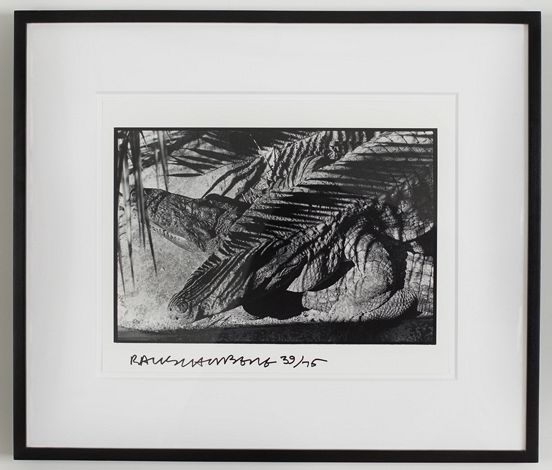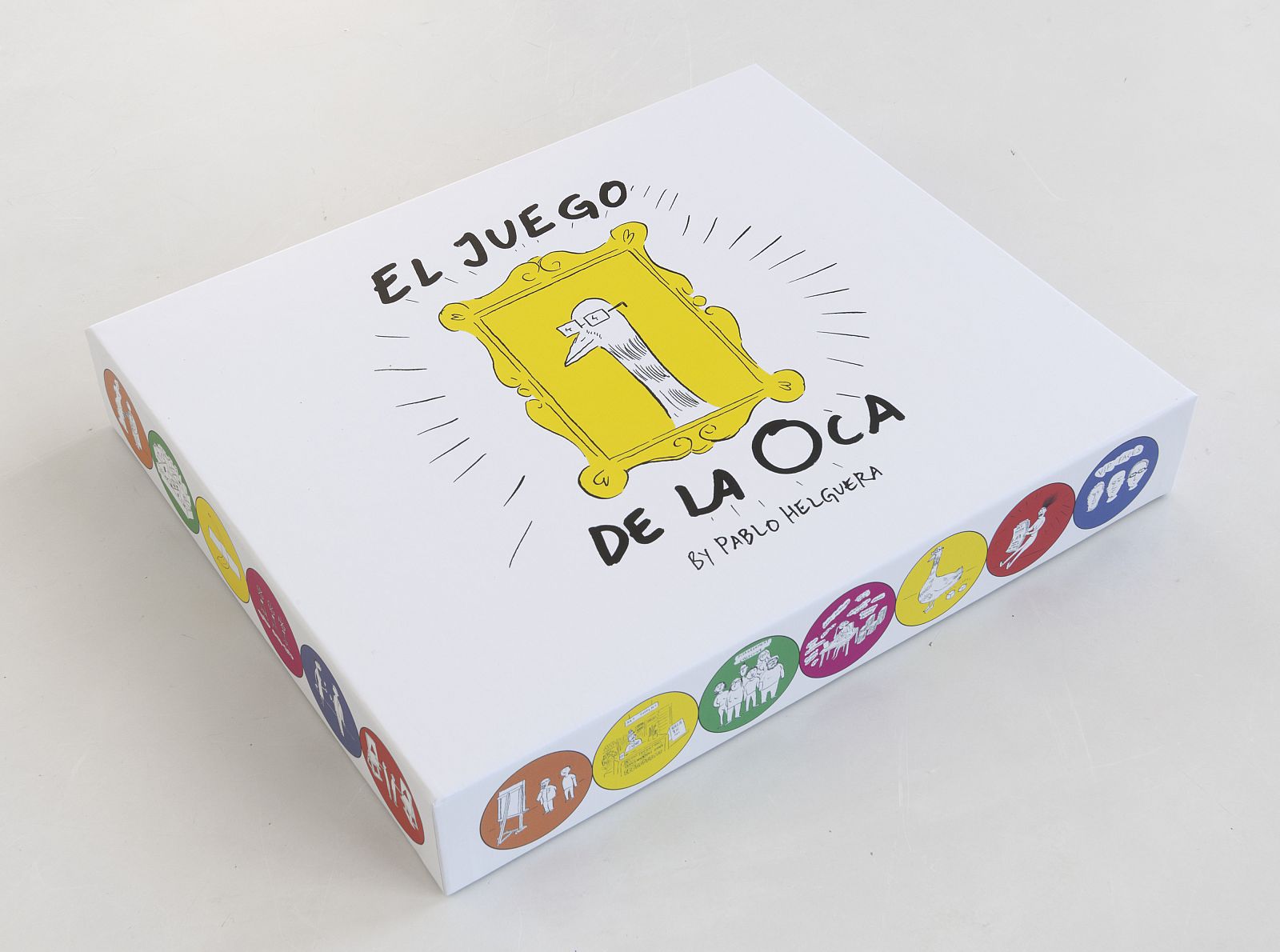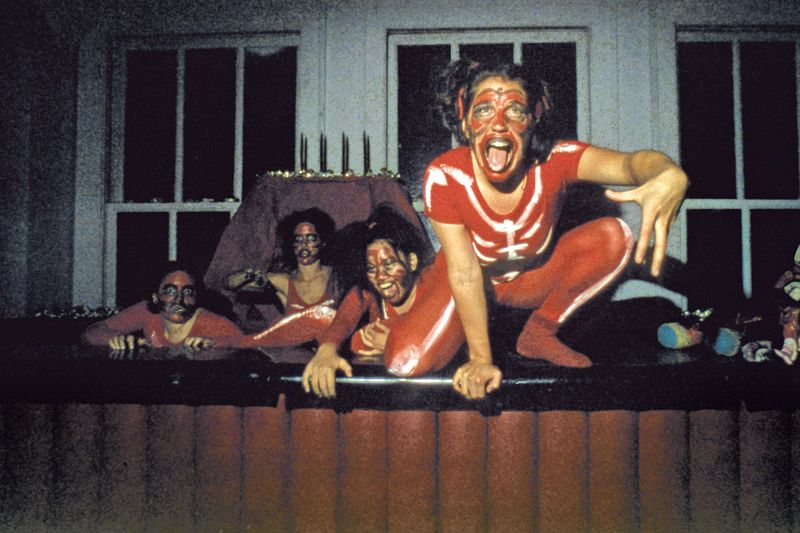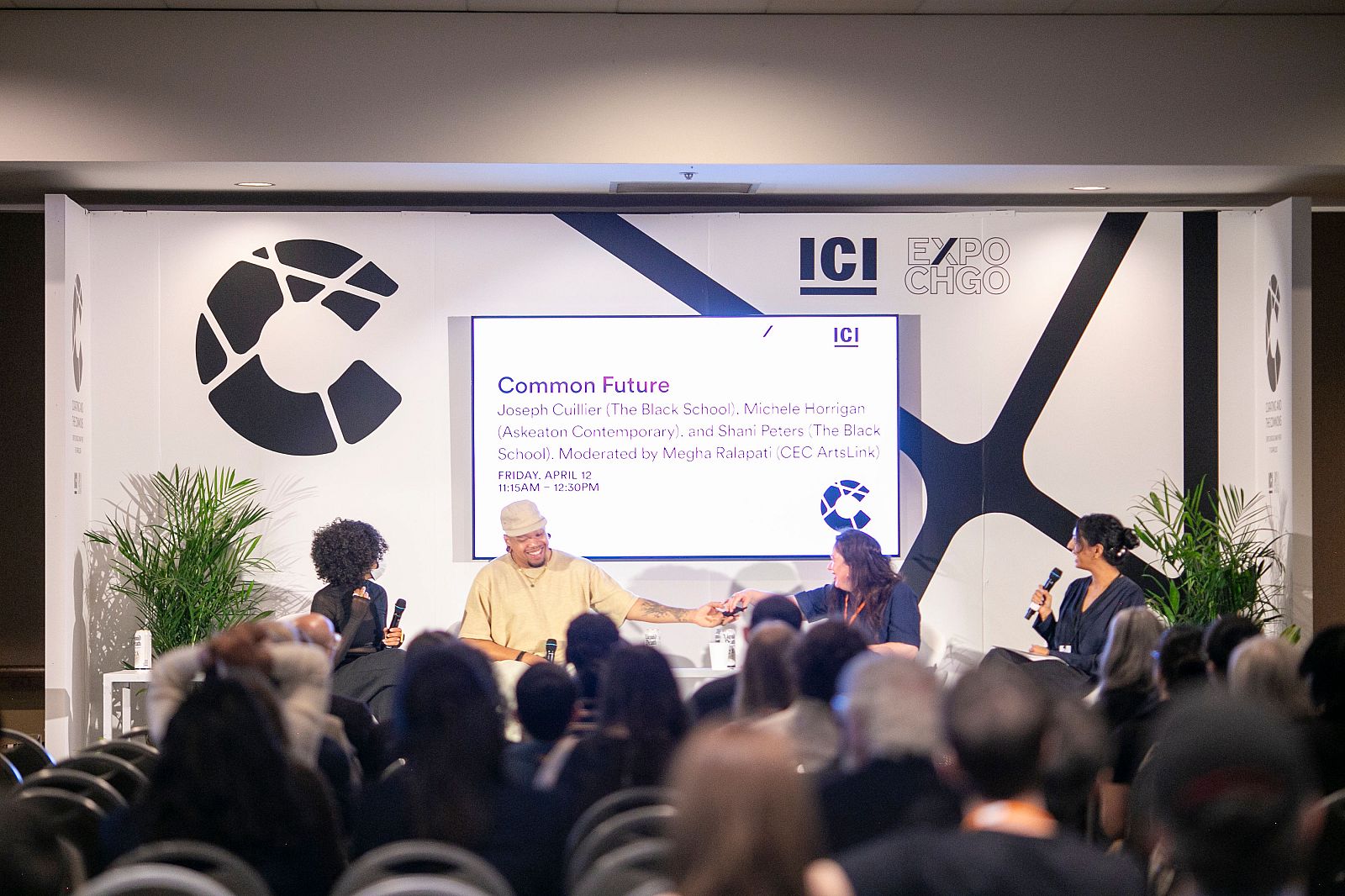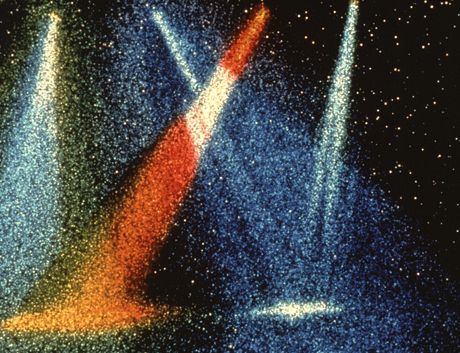Curator Anja de Klerk developed this proposal during the Summer 2010 Curatorial Intensive in New York.
The art now now project is an extensive research based undertaking aimed at excavating, mapping and activating South African curatorial practices and histories in order to support and encourage experimental artistic activity and research within this field.
Terminology
The South African colloquialism, ‘now now,’ refers to either a little while in the past or to a little while in the future. [1] It is a tentative term and is described by the Urban Dictionary as ‘not defined by a specific amount of time.’ [2]
The art now now project is meant to displace the idea of ‘art now,’ as it appears in the three-volume series Art Now! as well as the recent publication South African Art Now. [3] What these publications reflect is an anxious and bulimic canonisation and definition of contemporary artistic and curatorial practices. The concept of now now is employed as a thinking tool that allows one to re-image contemporary artistic and curatorial practices as flexible, playful and critical activities.
Context: The Contemporary South African Art Landscape
South African curators and artists function within an imperialist, bulimic and anxious definition of contemporary art. This structure is informed by existing gallery and curatorial models and publications, which are aligned with the ubiquitous traditional biennale model that favours highly visual, spectacular works that are relentlessly recycled. It also entails a very specific and formal way of working, which relies on a form of ‘hyper visuality’ and is overtly related to identity, racial or gender politics, nationhood or the postcolonial. Added to these restraints is the very specific performance of Africanness, which is favoured and encouraged. Works that are discursive, playful or more obscure tend to be ignored.
Furthermore, in the South African context there is no formal curatorial training available; there is very little active curatorial discourse or debate; there are no opportunities to question current curatorial histories or practices; gallery and project spaces are exponentially growing more commercial and conservative; there are very few spaces and opportunities available for experimental or critical artistic practice; the only critical contemporary art publication is exclusive and is becoming more and more commercial and product orientated.
Curatorial activity shapes meaning-making, value-making and the currency of contemporary art, but this is largely invisible and ill-defined in the South African contemporary art landscape. Very few curators and artists speak critically about curating and even fewer are aware of its structuring power.
Curatorial practices are not questioned or discussed and it is this aspect, which allows for a tangible but invisible polarisation of power; creating a void in discourse. Most emerging curators and artists are not empowered with the vocabulary to challenge the highly problematic and pervasive curatorial practices or the broader discursive practices that dominate the current contemporary art landscape.
The pressing questions that arise from this situation are: What subjectivities have these structures brought about and what activities have they allowed? How are we thinking and what are we doing because of this? What is the best course of action in order to address this situation?
Concept: Traversing the Problem
The challenge in this context is to move from a state of criticism and conceptual congestion to a position focusing on action, agency and the generation of an alternative logic. The aim of art now now is not to only critique structures, it is also concerned with generating action and agency while challenging current curatorial and artistic subjectivities.
Initially art now now was conceptualised as a small group show of emerging Cape Town based artists who are invisible, inactive or marginalised; either by circumstance or choice. Although this is not a socially coherent group, they do share an attitude of openness, criticality and playfulness while their work focuses strongly on process, research and performance. [4]
However, a single group show can not sufficiently address the large discursive problem of the South African contemporary art landscape. Consequently art now now has grown to become an extensive research based project that will be structured through my curatorial approach as that of researcher and facilitator. The model which art now now follows is investigative, dialogical and discursive and will include various collaborations in order for it to build its own critical mass; drawing in stakeholders spontaneously. [5]
The Two Elements of art now now
The first element of art now now covers informational research into contemporary South African curatorial practices and histories. There is no written contemporary South African art history, there is even less of a written curatorial history, so this project aims to approach and facilitate a resolution.
I aim to gather information through archival research, interviews and conversations; these will inform the pursuit of a masters degree that will span from the beginning of 2011 until the end of 2012, with the preliminary title: Contemporary Curatorial Histories and Practices in South Africa form 1980?2010. In this process I plan to generate a series of maps of the South African art landscape (ecosystem) following the strategies of Beth Campbell, Mark Lombardi, Lia Perjovschi, Leah Beeferman and the Bureau d'etudes. This research will function as a toolkit, reference point and launching pad for emerging curators, artists and researchers.
The second element of art now now is to engage with young artists through a series of individual and group conversations, workshops, exhibitions and actions with the aim of mapping out their needs, issues and frustrations in relation to the larger structural issues investigated in the first aspect of art now now. Food and drink will be integral to the process as social catalyst while felt-making will be employed as the catalyst for thinking and metaphor for a process of bringing disparate practices and issues together to form a closely knit critical mass.
The art now now project is a constellation of actions that will span over the next five years. Its centre will be a small bureau and project space concerned with generating texts, strategies and tools to empower emerging artists and curators. The art now now office will generate a website, various zines and broadsheets. A very important aim of art now now is to diversify the South African art landscape (ecosystem) and to build and expand on the local curatorial and art making vocabulary.
NOTES:
With thanks to the artists, serialworks and Ryan van Huyssteen. An earlier version of the art now now proposal is available here.
[1] An example of the use of now now: ‘I will go and walk now now’. ‘I already walked now now’.
[2] Available here.
[3] The Art Now! Series, is published by Taschen and edited by Uta Grosenick (volume one and two) Hans Werner Holzwarth (volume three). Volume three is described on the Taschen Website as ‘Now you are in the know. A cutting-edge selection of the artists that matter the most.’ Available here. South African Art Now was published by Harper Collins and compiled by Sue Williamson.
[4] All artworks are in local storage.
[5] Currently the local multipurpose space, serialworks is a potential affiliate and intermediary host for art now now. Available here.
LEARN MORE
For further information about this project or The Curatorial Intensive, please email info@curatorsintl.org.

